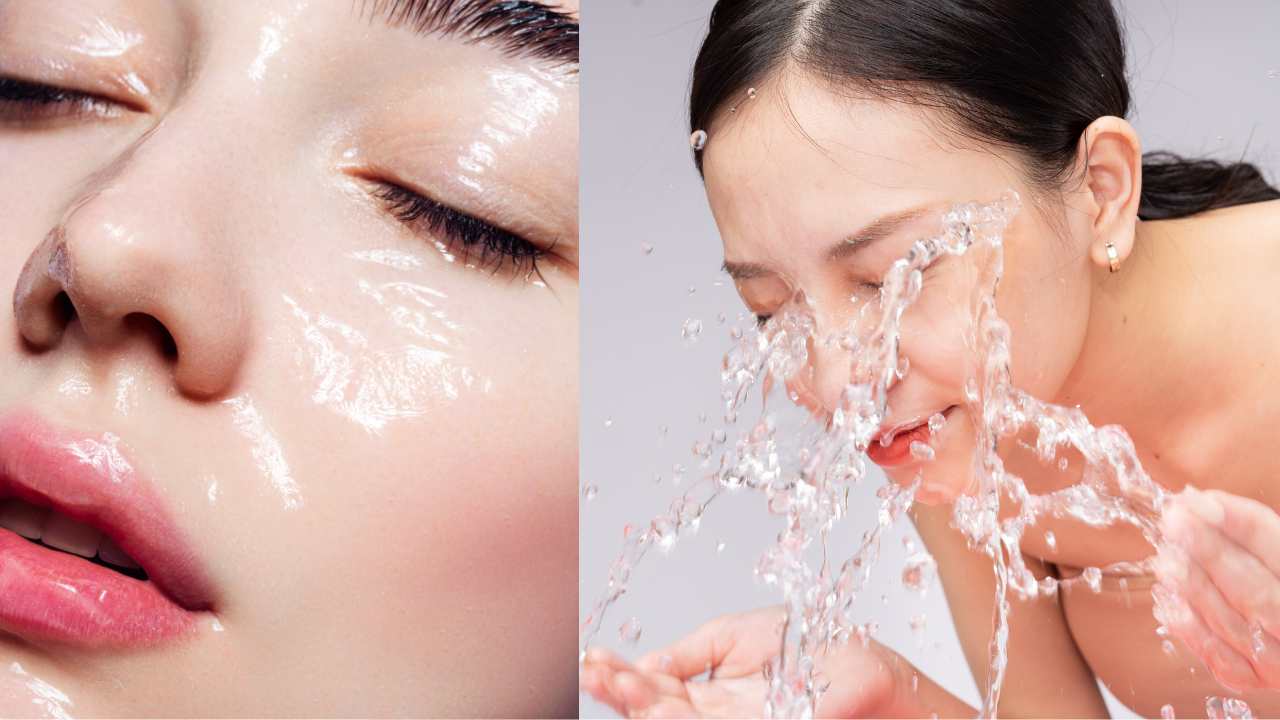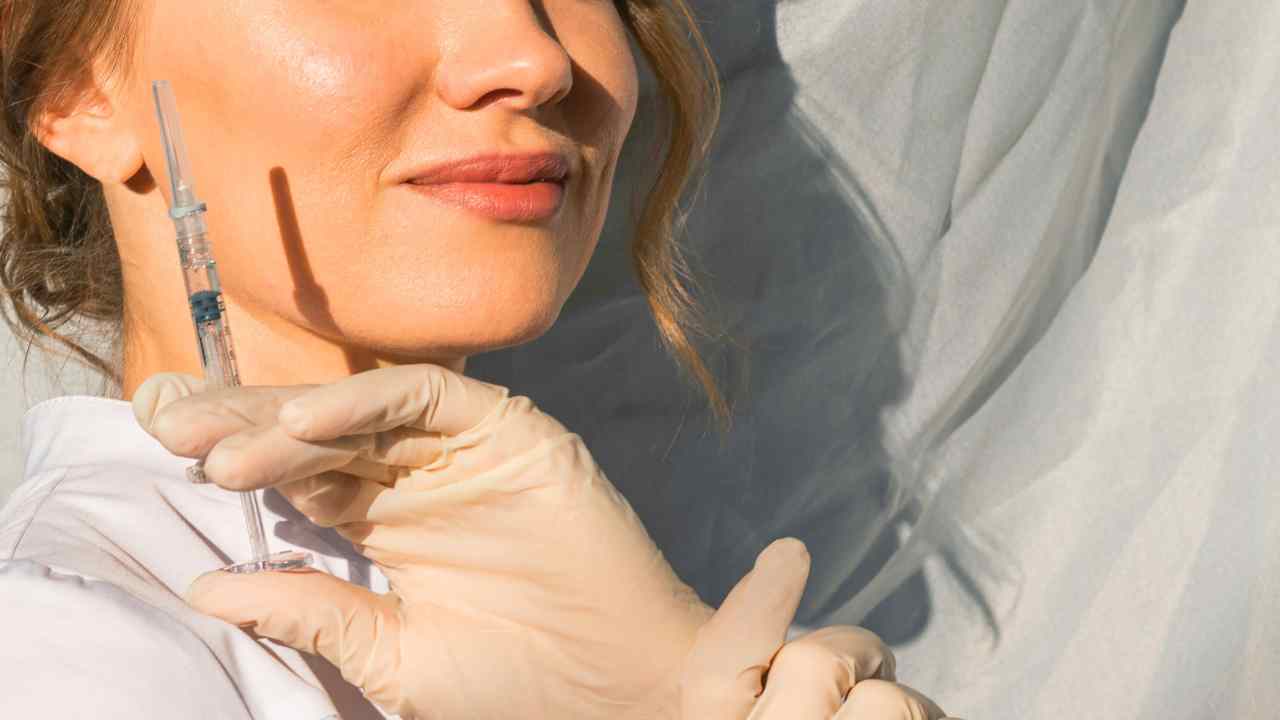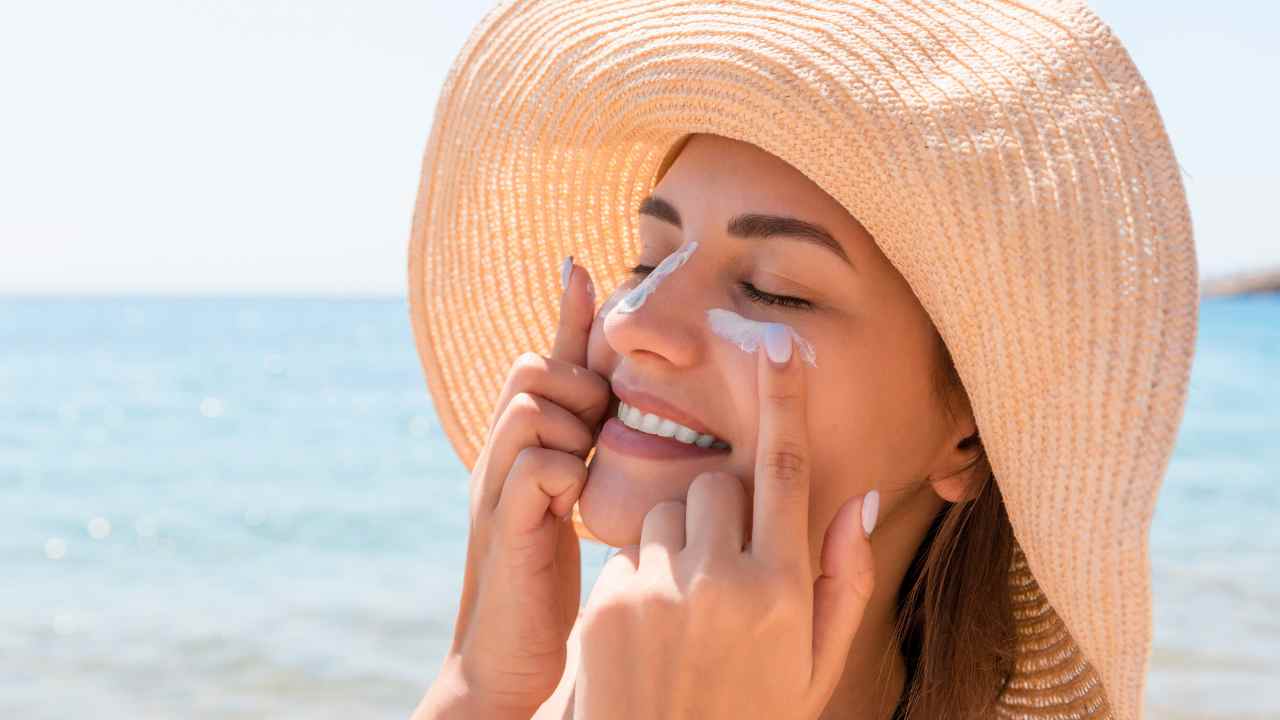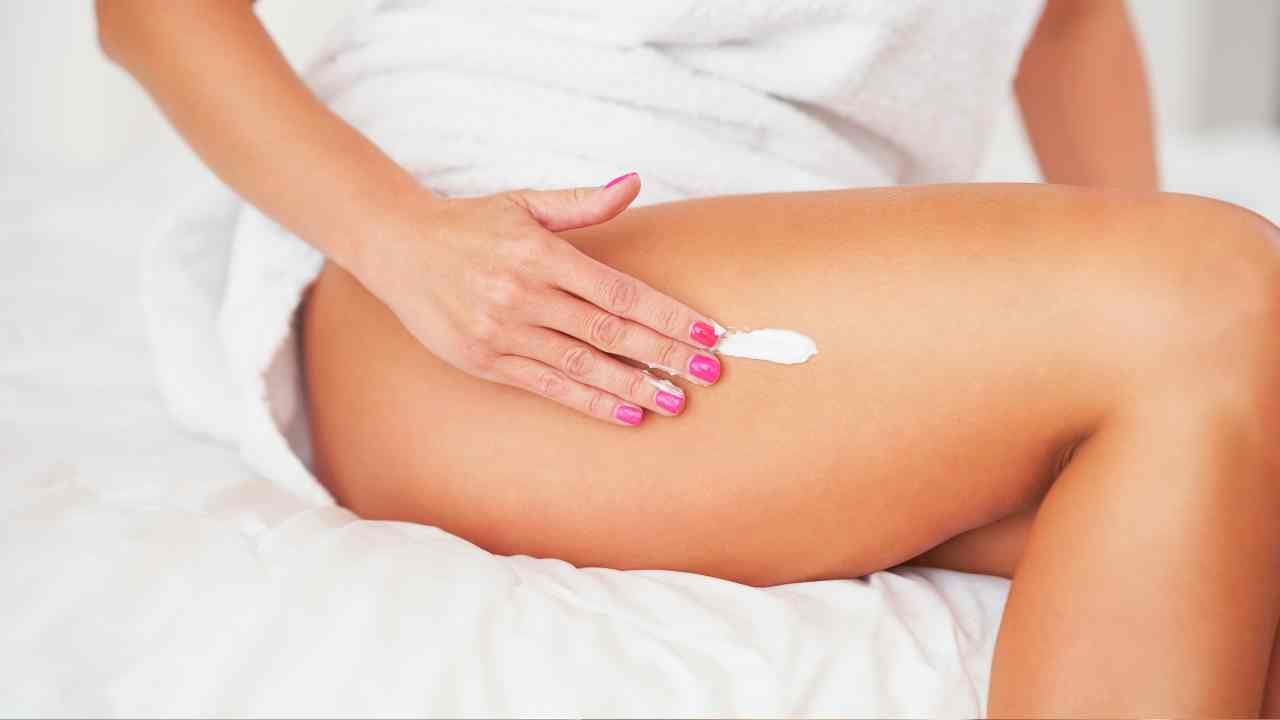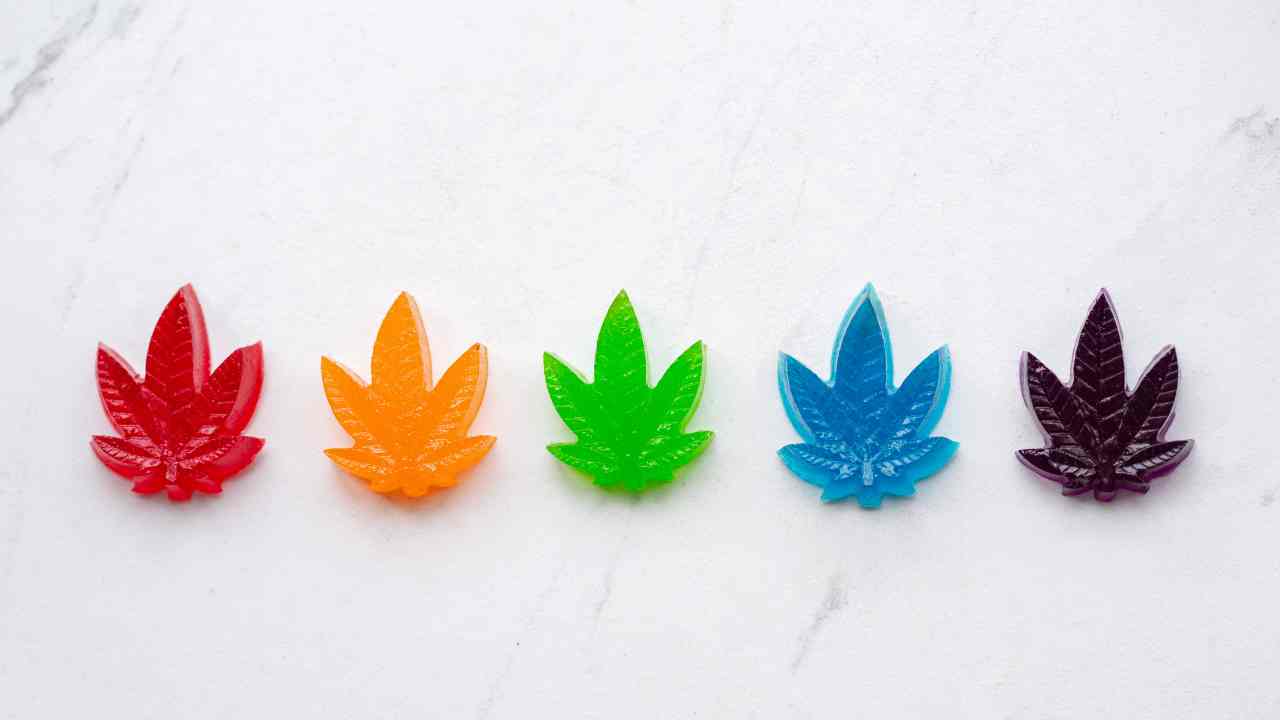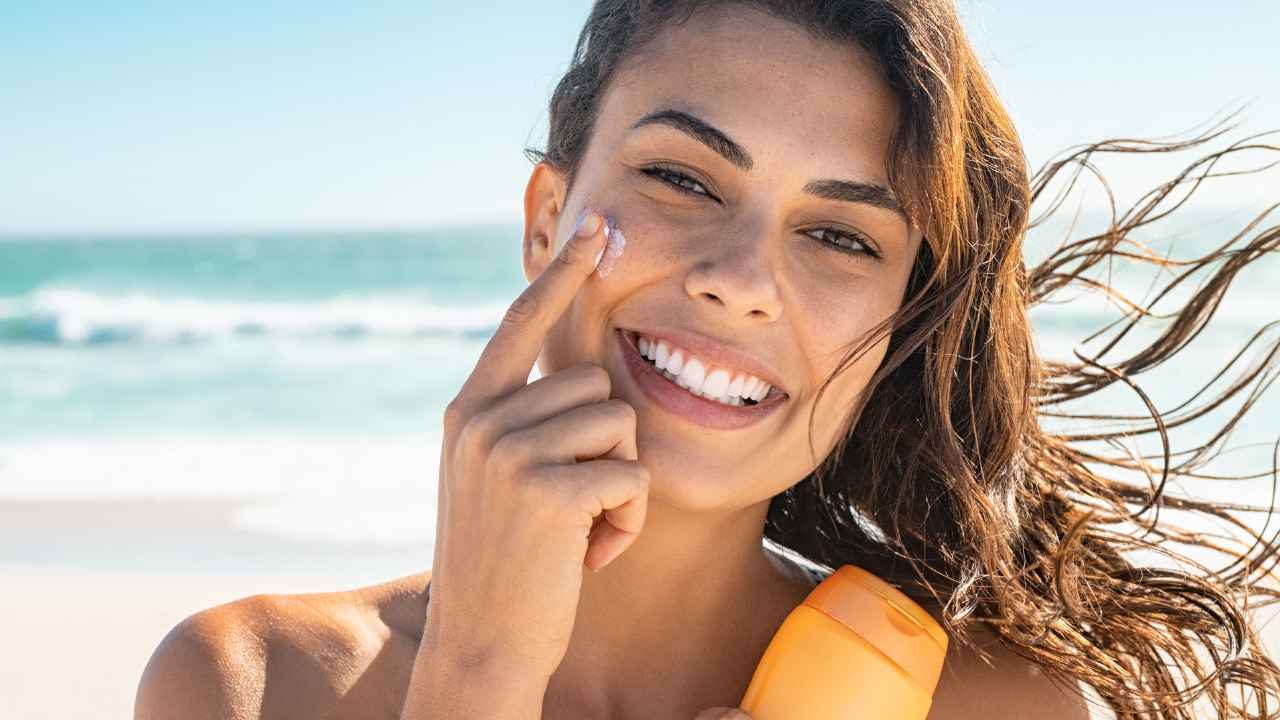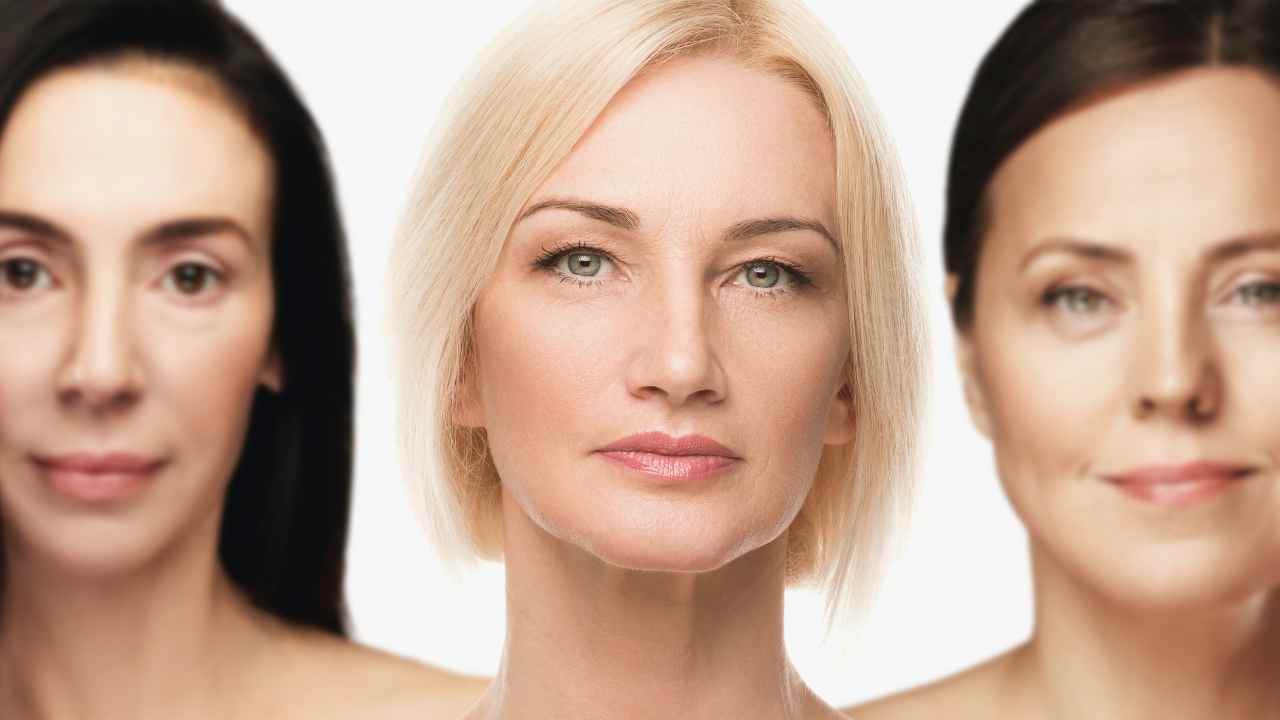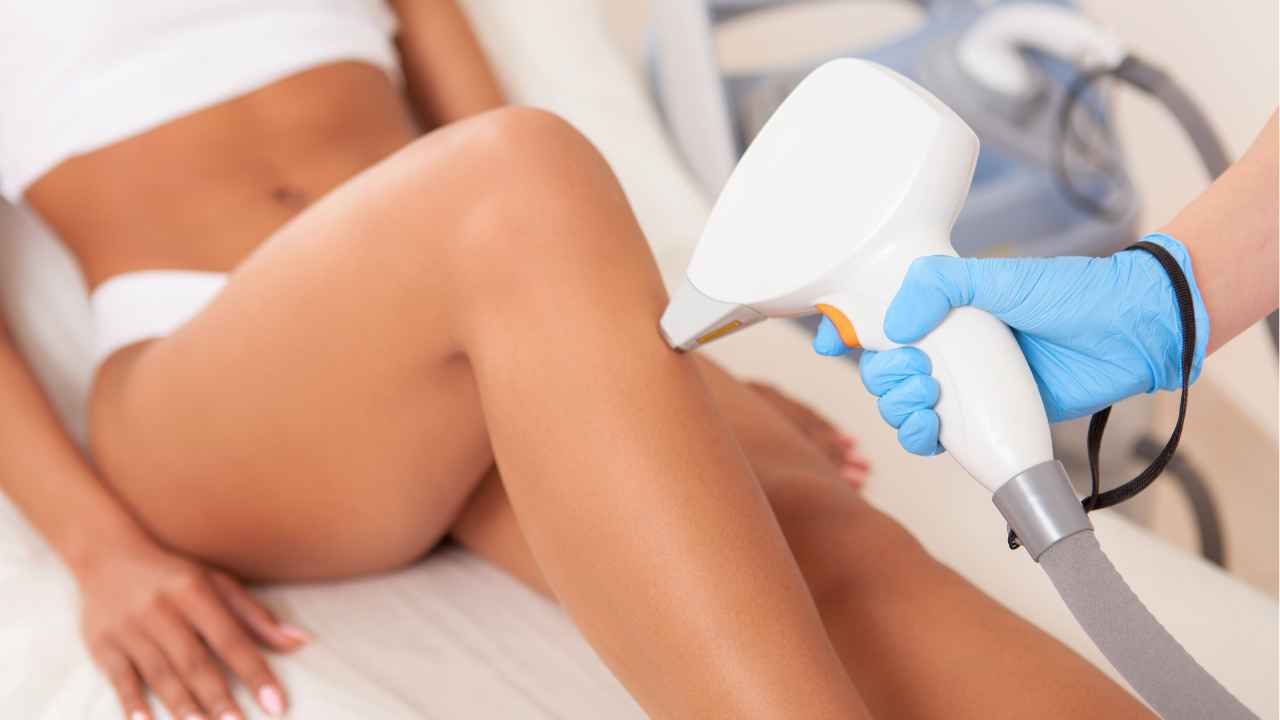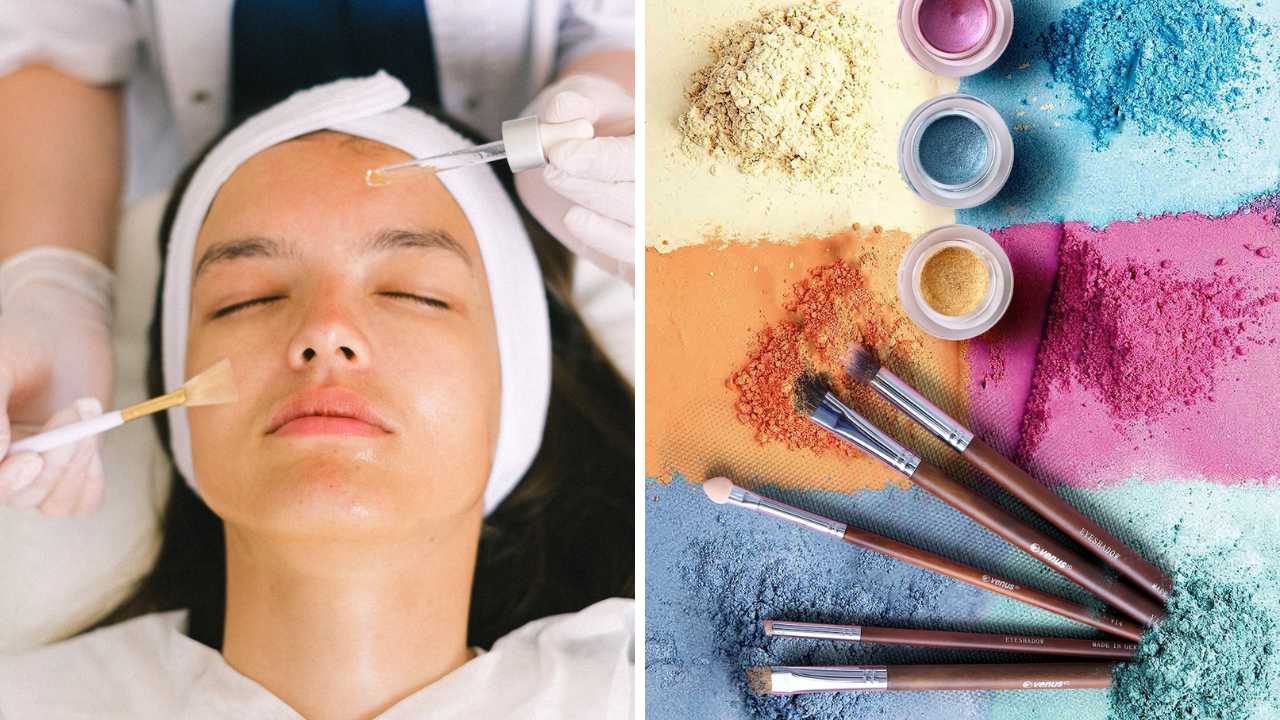
Can You Wear Makeup After a Chemical Peel? It Depends!
If you’re considering getting a chemical peel, chances are you’ve asked yourself the question: “Can you wear makeup after a chemical peel?”
The answer isn’t as straightforward as you might think. It all depends on the type of chemical peel and how soon after the procedure you actually want to start wearing makeup.
Read on for all the information you need to know about wearing makeup after a chemical peel.
What is a Chemical Peel?
A chemical peel is an aesthetic procedure that involves applying a chemical solution to the skin with the goal of exfoliating, or removing, its outer layers.
This can help reduce wrinkles, acne scars, age spots, rosacea and other irregularities in skin tone and texture. After this process, your skin will be left looking smoother and more even in color.
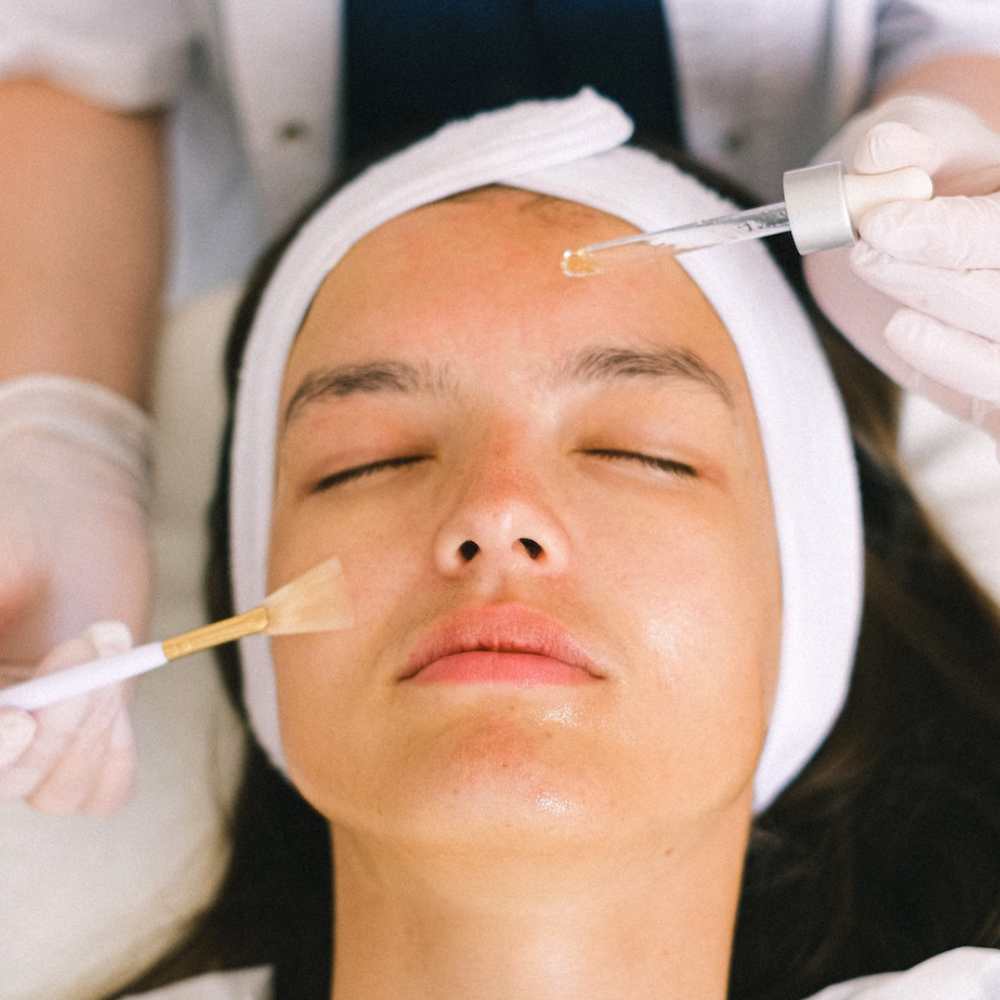
What are the Types of Chemical Peels?
Chemical peels involve using an acidic solution to remove the top layers of dead skin cells from your skin's surface.
There are different types of chemical peels that target different areas in order to yield optimal results for specific skin concerns.
Generally speaking, all peels operate under a similar principle: they accelerate cell turnover by exfoliating away dead skin cells so that brighter, younger-looking cells can take their place. Let's take a look at four popular types of chemical peel treatments:
1) Light Peel/Superficial Peel
These superficial chemical peels utilize alpha hydroxy acids (AHAs) such as glycolic acid or lactic acid in order to gently dissolve away outermost layer(s) of scarred or damaged skin without too much downtime after treatment.
Commonly used AHAs in superficial peels include glycolic acid (from sugar cane), lactic acid (from milk), citric acid (from fruits like oranges), malic acid (from apples), tartaric acid (from grapes).
Benefits of light chemical peels include improved texture and tone and reduction in minor wrinkles, brown spots, acne scars and sun damage with minimal down time necessary for recovery - usually 2-7 days depending on strength and sensitivity level of patient’s treated skin area(s).
2) Medium Peels:
Also referred to as “lunchtime peels," medium depth chemical peels employ trichloroacetic Acid (TCA) at varying concentrations ranging from 25%- 35%.
Unlike its lighter version counterpart which is based on AHAs, a medium peel works differently by penetrating slightly deeper into epidermis and dermis with goal being not only exfoliation but also collagen stimulation and new elastin production.
This will happen within treated area over time resulting in more dramatic improvement than the superficial peel. But, it requires a bit longer period for complete healing process – up to 10 days depending on individual response levels.
Among other benefits associated with TCA classification includes reduction of hyperpigmentation (including melasma) while simultaneously improving overall evenness and luminosity via expedited cellular regeneration process.
@annies.skin on TikTok recently shared her results from The Perfect Derma Peel:
@annies.skin DAY 5!!! The final results can’t come any sooner❤️🔥❤️🔥❤️🔥 #perfectdermapeel #chemicalpeelresults #acnesafe #chemicalpeeljourney #hemicalpeeljourneyepeel #acnescars #acneproneskin #acnetreatment
♬ original sound - Annie | Acne Prone Esthetician
3) Deep Chemical Peels
This very potent peel is designed for maximum penetration yielding most extensive transformation potential due its combination between 30%-50% TCA concentration with concurrent use of a higher pH solution.
As result, this treatment dramatically reduces deep set wrinkles, hyperpigmentation and age spots giving you fresh youthful canvas.
Timeframe wise it should be noted that a deep chemical peel has the longest healing period attached since affected areas will need up to 6 weeks until full restoration occurs.
4) Soft Lift Peel
Finally, there's the soft lift peel which consists of around 15% TCA being applied first followed by a neutralizer providing temporary numbing that lasts a couple hours before fading off gradually.
Due lower risk involved coupled with a mostly painless experience, this peel has become popular among spa goers who seek modest improvement, yet don’t want to wait days or weeks to heal.
How Much Does a Chemical Peel Cost?
The cost of a chemical peel can range from $100 to $3,000 depending on the type of peel being performed and the geographic region.
It's important to note that this number is only a rough estimate and could potentially be more or less costly depending on factors such as the type of product used, any pre-treatment needed, and your practitioner’s experience.
It would be wise to consult with a qualified aesthetician who can provide you with more accurate pricing options based upon your specific needs.
Does a Chemical Peel Hurt?
The answer to this question depends on the type of chemical peel you're receiving.
Generally, a light or superficial chemical peel (such as glycolic acid peel) causes only mild discomfort or tingling when applied.
You may experience some stinging and tightness for a few hours after the treatment, but it should be minimal and manageable.
However, deeper peels such as TCA peels can cause more intense burning during the treatment and post-procedural redness/irritation that can last for several days afterwards.
As always, it is best to consult with your dermatologist prior to undergoing any cosmetic procedure so that they can determine which type of chemical peel will be most effective, yet least painful, for your skin type and desired outcome.
For an example of how pain is relative, check out this funny TikTok from @valentciaaa
@valentciaaa #chemicalpeel #acne #baddie #fyp
♬ original sound - The Financial Goat
How Soon Can I Wear Makeup After My Peel?
The amount of time it takes for your skin to heal and return to its pre-peel state depends on the depth of the peel used.
As such, this is also going to determine when you can start wearing makeup again.
Generally speaking, light peels and medium peels take around seven days to fully heal while deep peels take up to three weeks before they are completely healed.
Once your skin has reached its peak healing state (which should be confirmed by your doctor), then you can start wearing makeup again.
However, if you want to wear makeup sooner than that, there are some things that can make it possible without causing any damage or irritation.
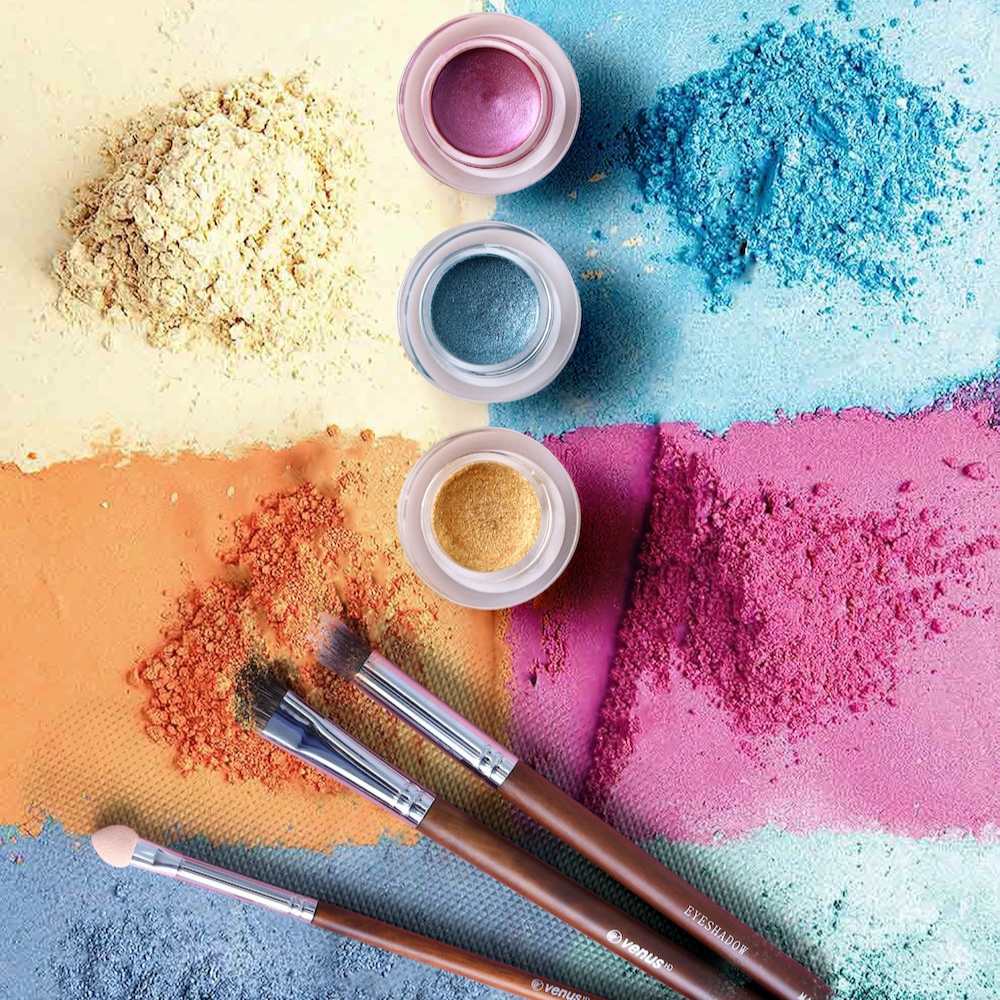
What Kind of Makeup Can I Wear?
Chemical peel aftercare is very important to get the most out of your peel.
When applying makeup shortly after a chemical peel it's important to stick with products specifically designed for post-peel use such as mineral foundations or loose powders with antioxidants like green tea extract or vitamin C that can help reduce inflammation associated with peeling skin.
Avoid anything too heavy or too creamy as these products tend to clog pores which can lead to breakouts or further irritation.
Additionally, steer clear of products containing fragrances or alcohols which could dry out already sensitive skin following a peel treatment.
Wear Sunscreen!
It's also important not forget about sunscreen! Sun exposure should be avoided for at least two weeks following your procedure so it's essential that sunscreen be applied daily before applying any other makeup product – even if it's cloudy outside!
Use an oil-free SPF30+ zinc oxide sunscreen moisturizer specifically formulated for use on post-peel skin.
Zinc oxide sunscreens help protect against both UVA & UVB rays without irritating freshly peeled skin!
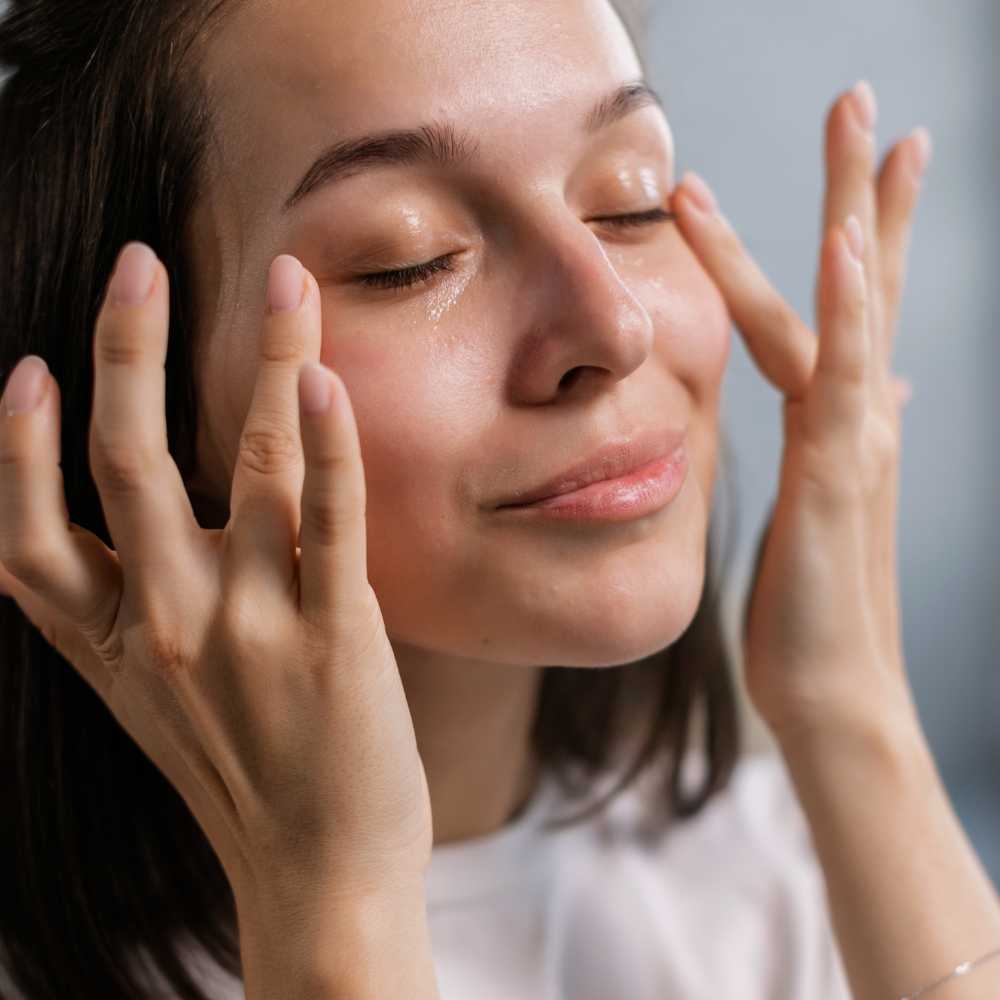
Say Hello to Your Smooth Canvas!
While wearing makeup after a chemical peel treatment is possible, it's important that you wait until your skin heals before doing so.
Otherwise, you risk causing further irritation or breakouts on healing skin, especially if you've had a medium or deep peel.
Stick with mineral foundations/loose powders specifically designed for post-peel use to minimize skin irritation alongside oil-free SPF30+ sunscreens formulated specifically for post-procedure use and your freshly peeled complexion will thank you!
Are you considering microneedling or Botox instead? Tap the button below to find out when you can wear makeup after your Botox or microneedling appointment.



